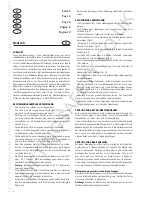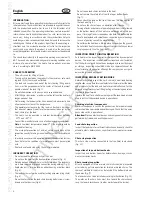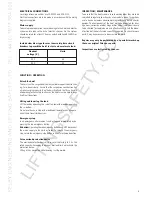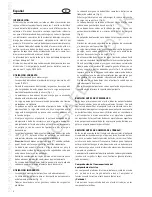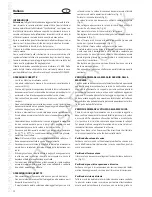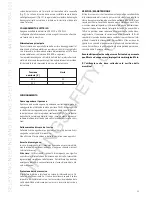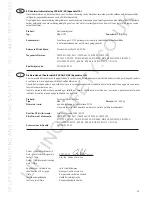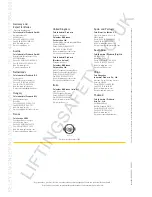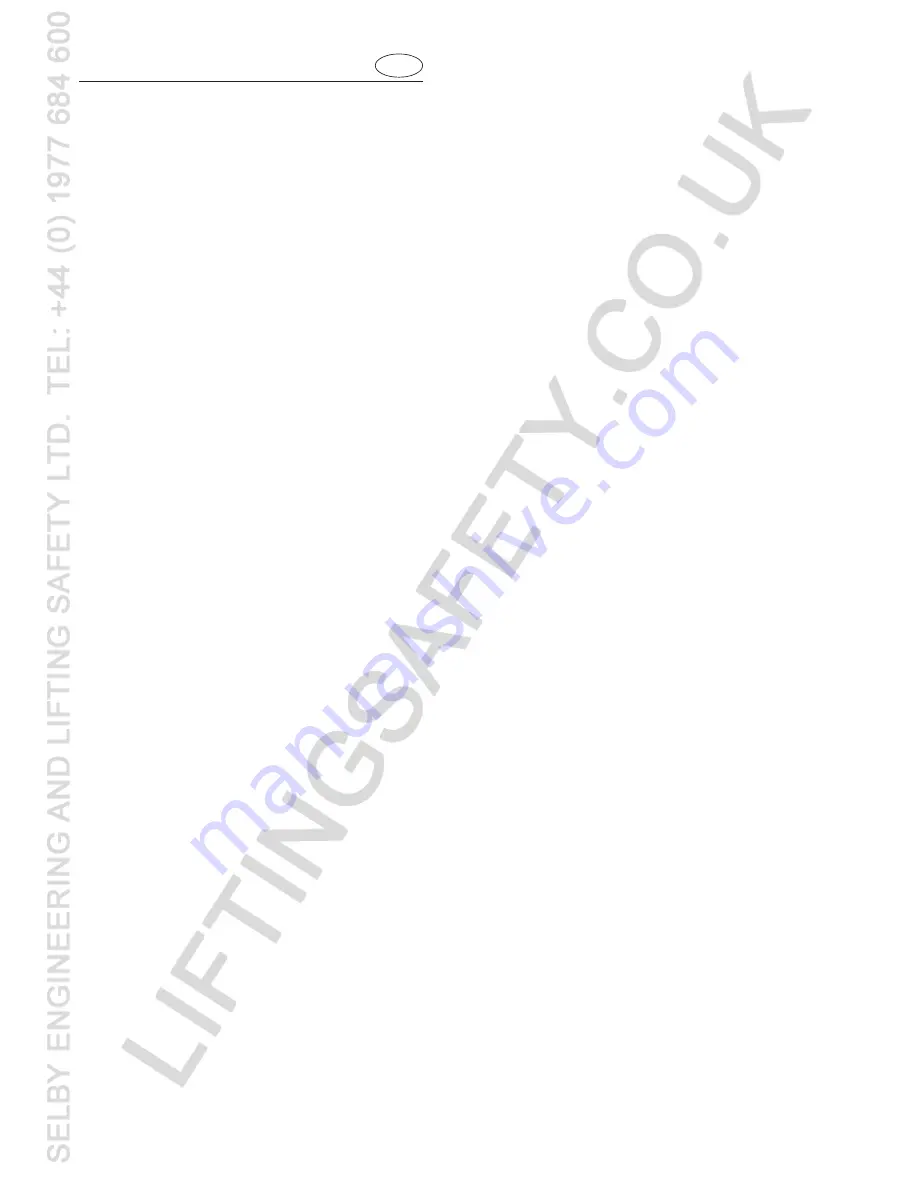
4
English
INTRODUCTION
All users must read these operating instructions carefully prior to the
initial operation. These instructions are intended to acquaint the user
with the product and enable him to use it to the full extent of its
intended capabilities. The operating instructions contain important
information on how to handle the product in a safe, correct and eco-
nomic way. Acting in accordance with these instructions helps to
avoid dangers, reduce repair cost and down time and to increase the
reliability and lifetime of the product. Apart from the operating in-
structions and the accident prevention act valid for the respective
country and area where the product is used, also the commonly
accepted regulations for safe and professional work must be adhered
to.
The sound level intensity in the operators working area is below 73
dB. The sound was measured during normal working conditions at a
distance of one meter from the hoist at nine positions, precision
class 2 according to DIN 45635.
CORRECT OPERATION
- The unit is used for lifting of loads.
- The capacity indicated on the product is the maximum safe work-
ing load (W L L) that may be attached.
- The load and suspension hook of the hoist during lifting opera-
tions, must be perpendicular to the center of the load to prevent
pendle motion of the load (Fig. 1).
- Do not allow personnel to pass under a suspended load.
- After lifting or tensioning, a load must not be left unattended for a
longer period of time.
- Start moving the load only after it has been attached correctly and
all personnel are clear of the danger zone.
- The operator must ensure that the load is attached in a manner
that does not expose himself or other personnel to danger by the
hoist, chain(s) or the load.
- The hoists can be operated in ambient temperatures between
- 20
°
C and + 50
°
C.
Consult the manufacturer in case of extreme working conditions.
Note:
At ambient temperatures below 0
°
C the brake should be
checked for freezing.
- The accident prevention act and/or safety regulations of the
respective country for using manual hoists must be strictly adhered
to.
- In order to ensure correct operation not only the operation instruc-
tions, but also the conditions for maintenance must be complied
with.
- lf defects are found stop using the hoist immediately.
INCORRECT OPERATION
- Do not exceed the rated capacity of the hoist.
- Do not use the hoist for the transportation of people (Fig. 2).
- Welding on hook and load chain is strictly forbidden. The load chain
must never be used as ground connection during welding (Fig. 3).
- Avoid side pull, i. e. side load on either housing or bottom block
(Fig. 4).
- The load chain must not be used for lashing purposes (sling chain)
(Fig. 5).
- Do not knot or shorten the load chain by using bolts/screws/screw-
drivers or other devices (Fig. 6).
GB
- Do not repair load chains installed in the hoist.
- Do not remove the safety latch from the top or bottom hooks
(Fig. 7).
- Never attach the load on the tip of the hook. This also applies to
the top hook (Fig. 8).
- Do not use the chain stop as an operational limit device.
- Turning of loads under normal operating conditions is not allowed,
as the bottom blocks of the hoists are not designed for this pur-
pose. If turning of loads is required as standard, the bottom blocks
have to be provided with swivel hooks supported by axial bearings.
In case of queries consult the manufacturer.
- Do not throw the hoist down. Always place it properly on the ground.
- Do not attach hoists to suspension constructions that have a lower
carrying capacity than the hoist itself.
INSPECTION PRIOR TO INITIAL OPERATION
Each hoist must be inspected prior to initial operation by a competent
person. The inspection is visual and functional and shall establish
that the hoist is safe and has not been damaged by incorrect transport
or storage. Inspections should be made by a representative of the
manufacturer or the supplier although the company can assign its
own suitably trained personnel.
INSPECTION BEFORE STARTING WORK
Before starting work inspect the hoist, chain(s) and all load bearing
constructions every time for visual defects. Furthermore test the brake
and make sure that the load and hoist are correctly attached. For this
purpose a short work cycle of lifting/pulling or tensioning and releas-
ing should be performed.
Operate the hoist for a short moment against the load hook or chain
stop to test that the overload device is operational.
Checking electrical components
Electrical components such as the pendant control or power supply
cables should be serviceable and not damaged. Check that the emer-
gency stop switch is operational.
Attention:
Work on electrical devices and components may only be
performed by trained and qualified personal.
Load chain inspection
Inspect the load chain for sufficient lubrication and visually check for
extemal defects, deformations, superficial cracks, wear or corrosion
marks.
Chain stop inspection
The chain stop must be connected to the free (idle) chain strand
(Fig. 11).
Inspection of top and bottom hooks
Inspect top and bottom hooks for deformations, damage, cracks,
wear or corrosion marks.
Chain reeving inspection
All units equipped with two or more chain falls should be inspected
prior to being put into operation for twisted or kinked chains. The
chains of multiple fall hoists may be twisted if the bottom block was
fliped over (Fig. 9).
The load chain has to be installed according to illustration (Fig. 10).
The welds on the chain links must face toward the chain sheave
resp. the lower block sheave (in other words toward the inside).


